Order: Passeriformes. Family: Muscicapidae. Subfamily: Muscicapinae
Description
17-20 cm.
Male has distinctive black and white plumage. Black above and greyish white below (breast and flanks darker than throat and belly) with white wing patches and white sides to the tail.
Adult female: Dark grey-brown, not black, above and browner below.
The juvenile is like the female but duller and with brown spots and scalloping above and below.
Similar species: Often confused with Southern Fiscal, but has a shorter tail and a short stubby bill which is not hooked at the tip. And the shrike has a white patch on the shoulder rather than the lower wing, and has no white on its longer tail. The Fiscal Flycatcher is larger than the male Collared Flycatcher, which has a white collar and lacks white wing panels.
Taxonomy
There are two subspecies. M. s. lawsoni is from North-West Province, north-western Northern Cape Province, extreme western Free State Province (South Africa), and south-eastern Botswana; It is slightly buffy and paler below than the nominate race. M. s. silens is found in most of the rest of South Africa, Swaziland, southern Mozambique, the lowlands of Lesotho, and the extreme south of Zimbabwe.
Distribution
Endemic to southern Africa, but absent from arid regions, occurring from south-eastern Botswana and the extreme south of Mozambique to Swaziland and South Africa.
Habitat
Scrubland, bushy areas and gardens.
Diet
The Fiscal Flycatcher feeds on insects, often taken in flight and occasionally joins mixed-species foraging flocks. Most foraging is conducted from a perch, often on the top of a bush or small tree, or on a fence, powerline or telephone line.
Breeding
The nest is built solely by the female, consisting of a bulky, open cup built of stems of dry grass combined with other plants, as well as string and rags if the nest is near urban areas. The interior is usually thickly lined with material such as soft plant down, feathers, rootlets, Galium tomentosum (Old man's beard), wool, fine grass and hair, in fact there is a record of a Fiscal Flycatcher attempting to pluck hair from a person's head! It is typically placed in a thick forked branch, on a branch adjacent to a tree trunk, among dead aloe leaves, inside a dead stump or branch. Egg-laying season is from about July-February, peaking around October-December. It lays 2-4 eggs, which are incubated solely by the female for about 13-16 days, all the while being fed by the male. The chicks are fed solely by the female, while the male takes little interest, leaving the nest after about 15-17 days. The fledglings are still fed by their parents after leaving the nest.
Parasitised by the Jacobin Cuckoo.
Call
The song is a weak chittering, and the alarm call is tssisk. Listen to Bird Call.
Status
Common endemic resident.
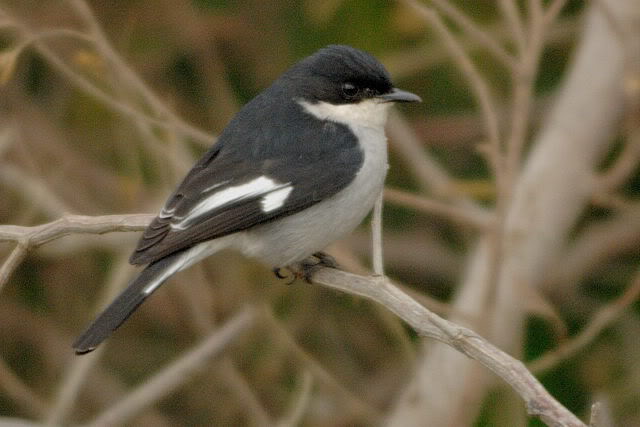
Male



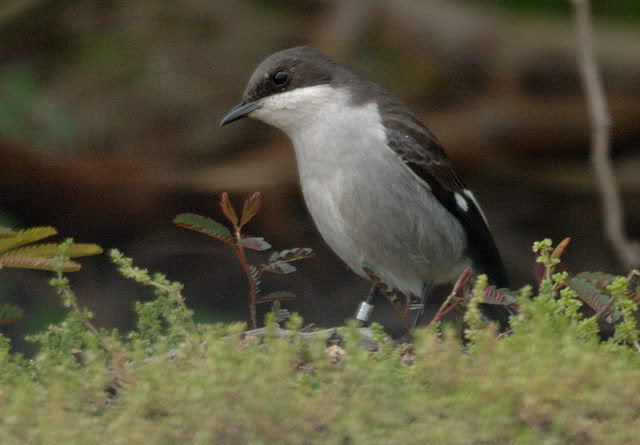
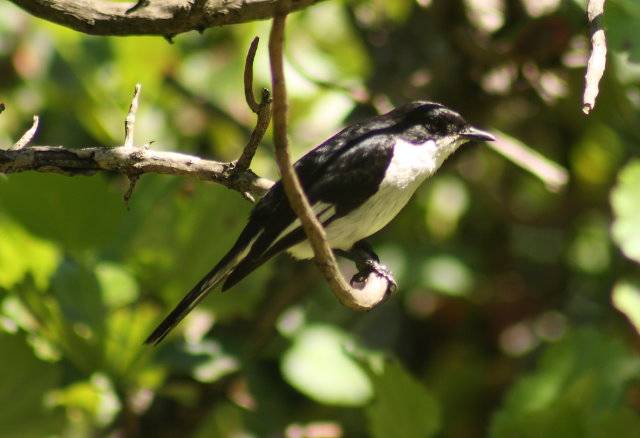 © Flutterby
© Flutterby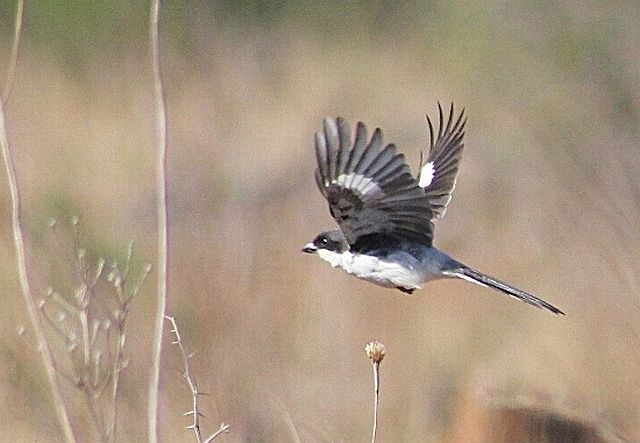 © Amoli
© Amoli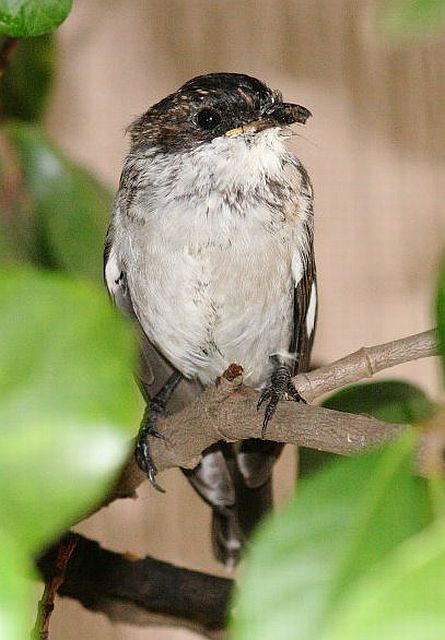 © Flutterby
© Flutterby 
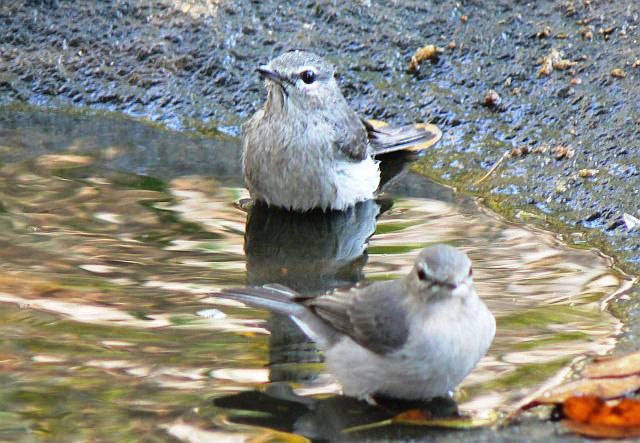
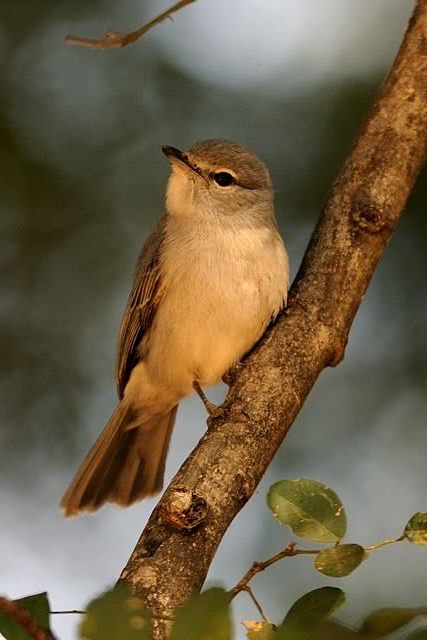 © Dewi
© Dewi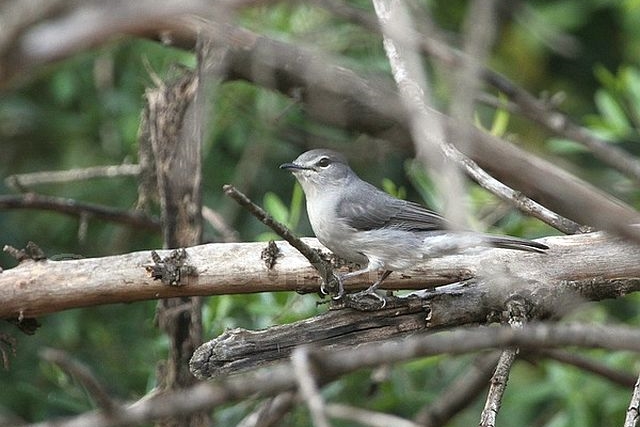 © nan
© nan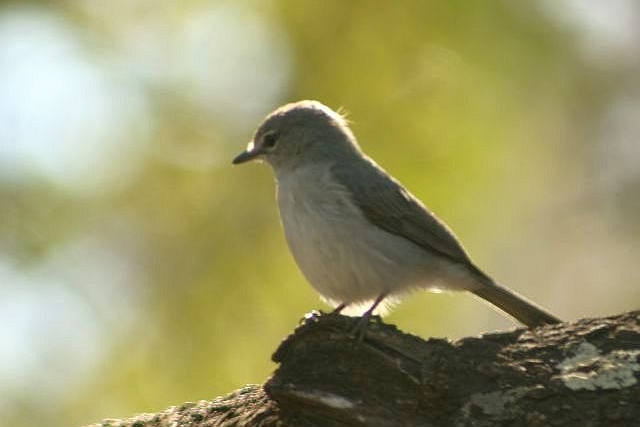 © Duke
© Duke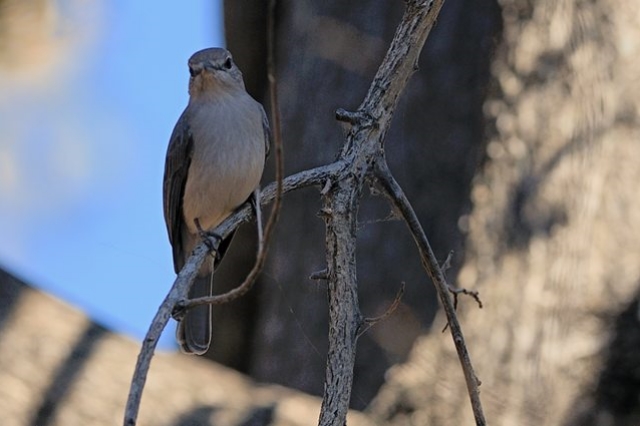 © Dewi
© Dewi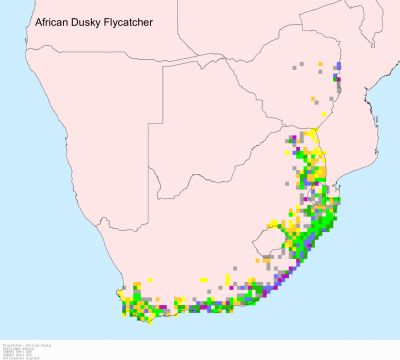
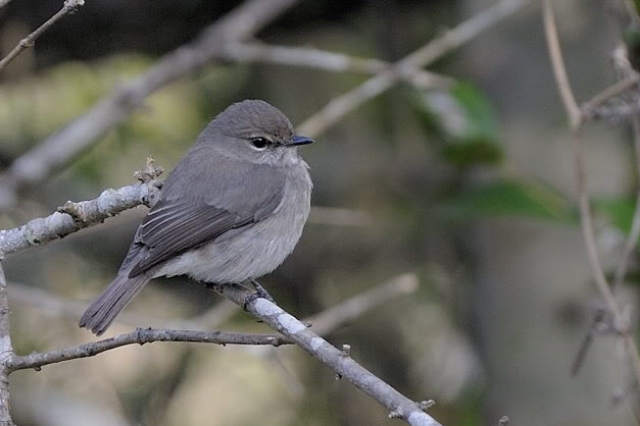
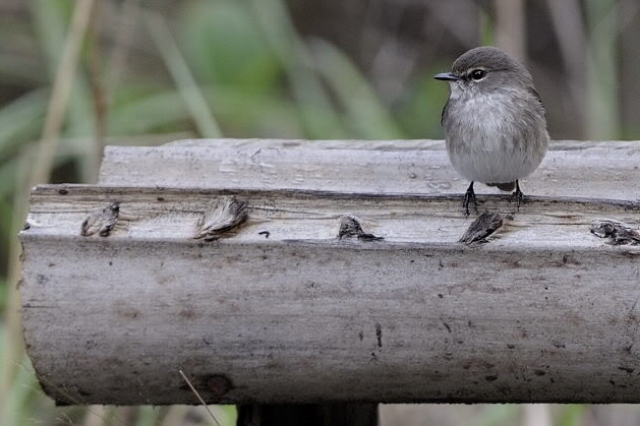 © Dewi
© Dewi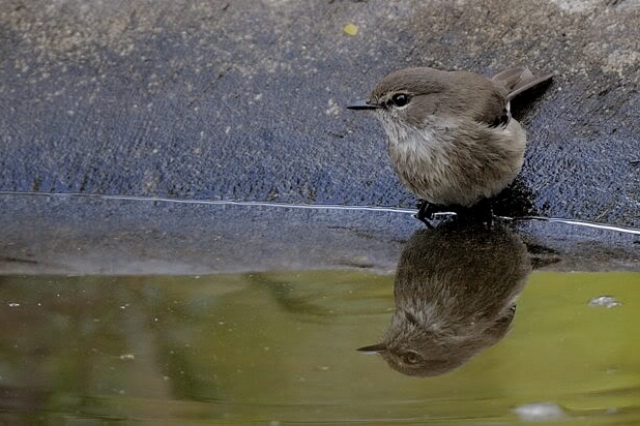 © Dewi
© Dewi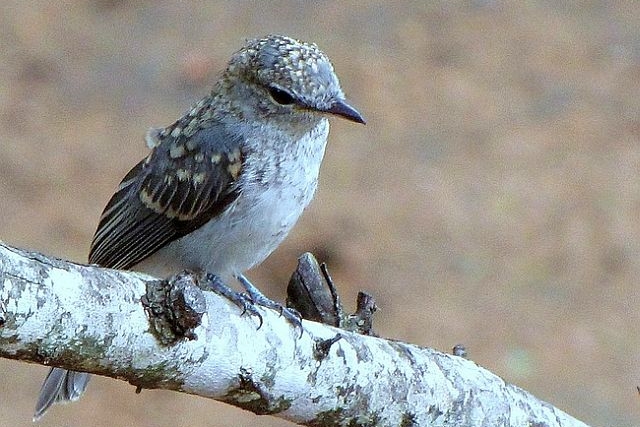 © Lisbeth
© Lisbeth © Lisbeth
© Lisbeth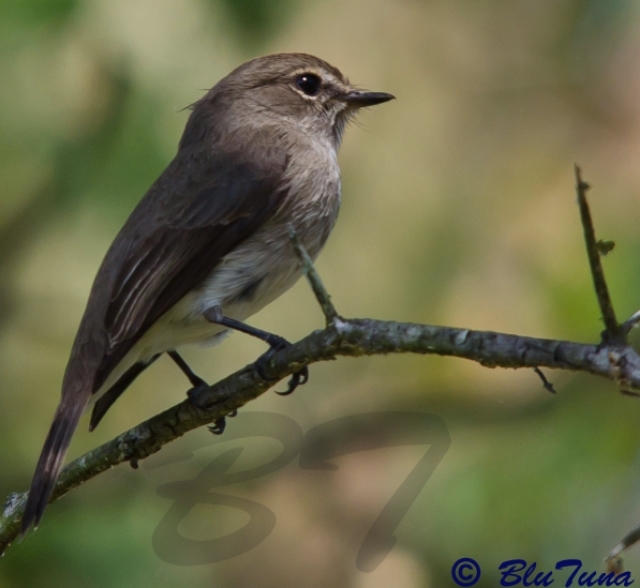 © BluTuna
© BluTuna
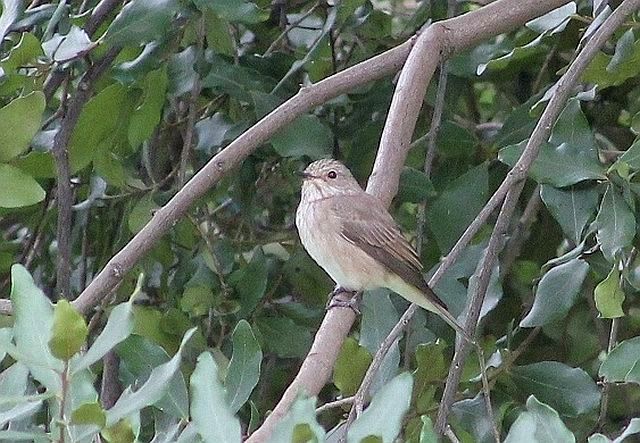
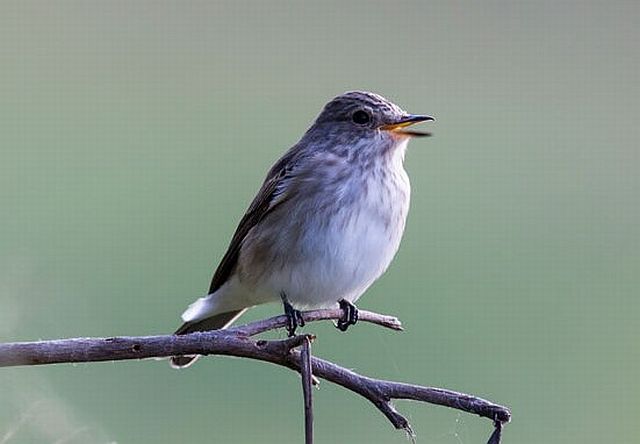 © Pumbaa
© Pumbaa 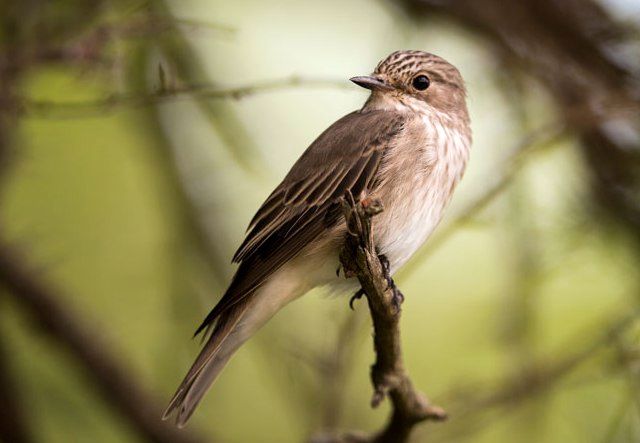 © Pumbaa
© Pumbaa  © Pumbaa
© Pumbaa 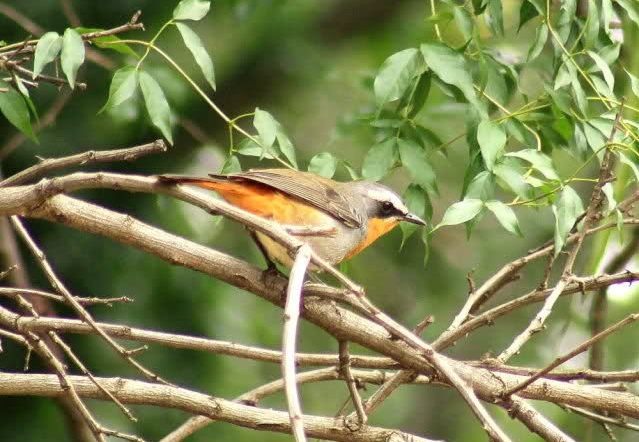
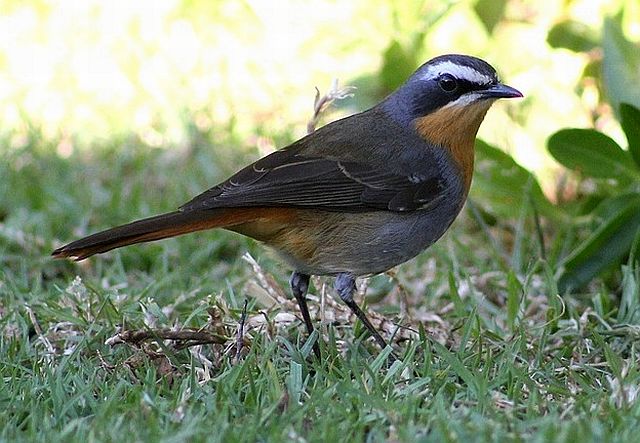 © Amoli
© Amoli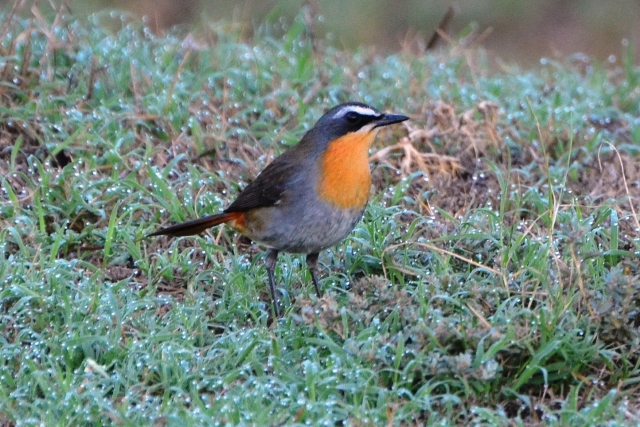 © Mel
© Mel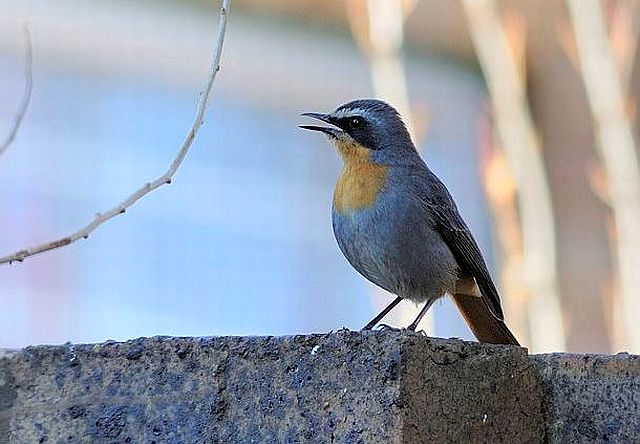 © Dewi
© Dewi